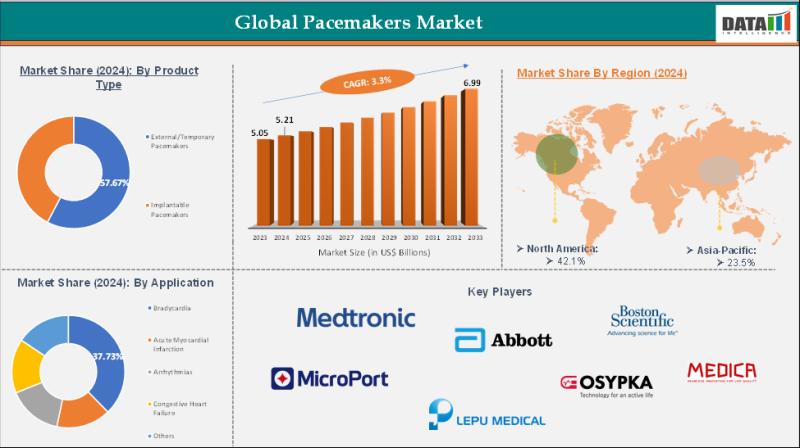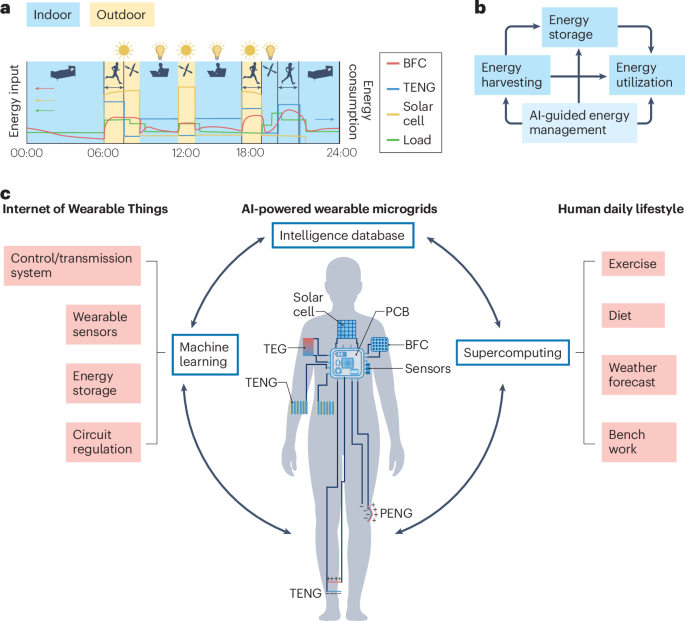Summary
Fitness wearables are moving deeper into healthcare and corporate wellness, but could data privacy risks and battery life slow growth?
The global fitness tracker market is expected to more than triple by 2032, climbing from $52.29 billion in 2024 to $189.98 billion, according to a new report from V…
Source: Athletech News

AI News Q&A (Free Content)
Q1: What are the major factors contributing to the projected growth of the fitness wearables market to $190 billion by 2032?
A1: The fitness wearables market is expected to experience significant growth due to increasing consumer interest in health and wellness, advancements in wearable technology, and the integration of wearables into healthcare and corporate wellness programs. These devices' ability to monitor vital signs and provide health insights appeals to consumers and businesses alike. However, challenges such as data privacy concerns and battery life limitations may impact the pace of growth.
Q2: How do privacy concerns affect the adoption of fitness wearables?
A2: Privacy concerns are a significant barrier to the adoption of fitness wearables. These devices collect sensitive personal data, which raises issues about data security and potential misuse. Users are often unaware of how their data is stored and shared, which can deter adoption. Advancements, such as Privacy-Enhancing Technology (PET) frameworks, are being developed to address these concerns by providing users with more control over their data.
Q3: What technological advancements are being made to improve the battery life of fitness wearables?
A3: Developments in ultra-low power processing and efficient embedded systems are helping improve the battery life of fitness wearables. For instance, advancements in continual learning capabilities on wearable devices allow for more efficient processing, reducing energy consumption. These improvements help extend battery life, making wearables more convenient for continuous use.
Q4: What role do fitness wearables play in healthcare and corporate wellness programs?
A4: Fitness wearables play a crucial role in healthcare and corporate wellness by providing continuous health monitoring and encouraging healthier lifestyle choices. They help track physical activity, heart rate, and other vital signs, offering valuable data that can be used by healthcare providers to tailor interventions. In corporate wellness, wearables can incentivize employees to stay active, reducing healthcare costs and improving productivity.
Q5: What are some of the latest scholarly findings on wearable technology's impact on privacy and data protection?
A5: Recent scholarly findings highlight the importance of integrating advanced Privacy-Enhancing Technologies (PETs) in wearables to mitigate privacy risks. Studies suggest using federated learning and blockchain technology to provide users with real-time control over their data. These technologies help dismantle data monopolies and offer a secure method for data transfer, significantly reducing privacy risks while maintaining data utility.
Q6: How do continual learning capabilities in wearables enhance their performance?
A6: Continual learning capabilities allow wearables to adapt to changing conditions, improving their accuracy and performance over time. This is particularly beneficial in applications like Brain-Machine Interfaces (BMIs), where the variability of signals can affect performance. By implementing continual learning on devices, wearables can achieve better classification performance and lower energy consumption, enhancing user experience and device longevity.
Q7: What are the implications of wearable technology becoming part of the Internet of Things (IoT)?
A7: As part of the IoT ecosystem, wearable technology can exchange data with other connected devices, enhancing its utility in various applications. This connectivity allows for more comprehensive health monitoring and personalized feedback. However, it also introduces additional privacy and security challenges, as the data collected by wearables can be sensitive. Ensuring robust security measures is crucial to protect user data and maintain trust in wearable technology.
References:
- Privacy is All You Need: Revolutionizing Wearable Health Data with Advanced PETs
- An Ultra-Low Power Wearable BMI System with Continual Learning Capabilities
- Fitness tracker - Wikipedia
- Wearable technology - Wikipedia





